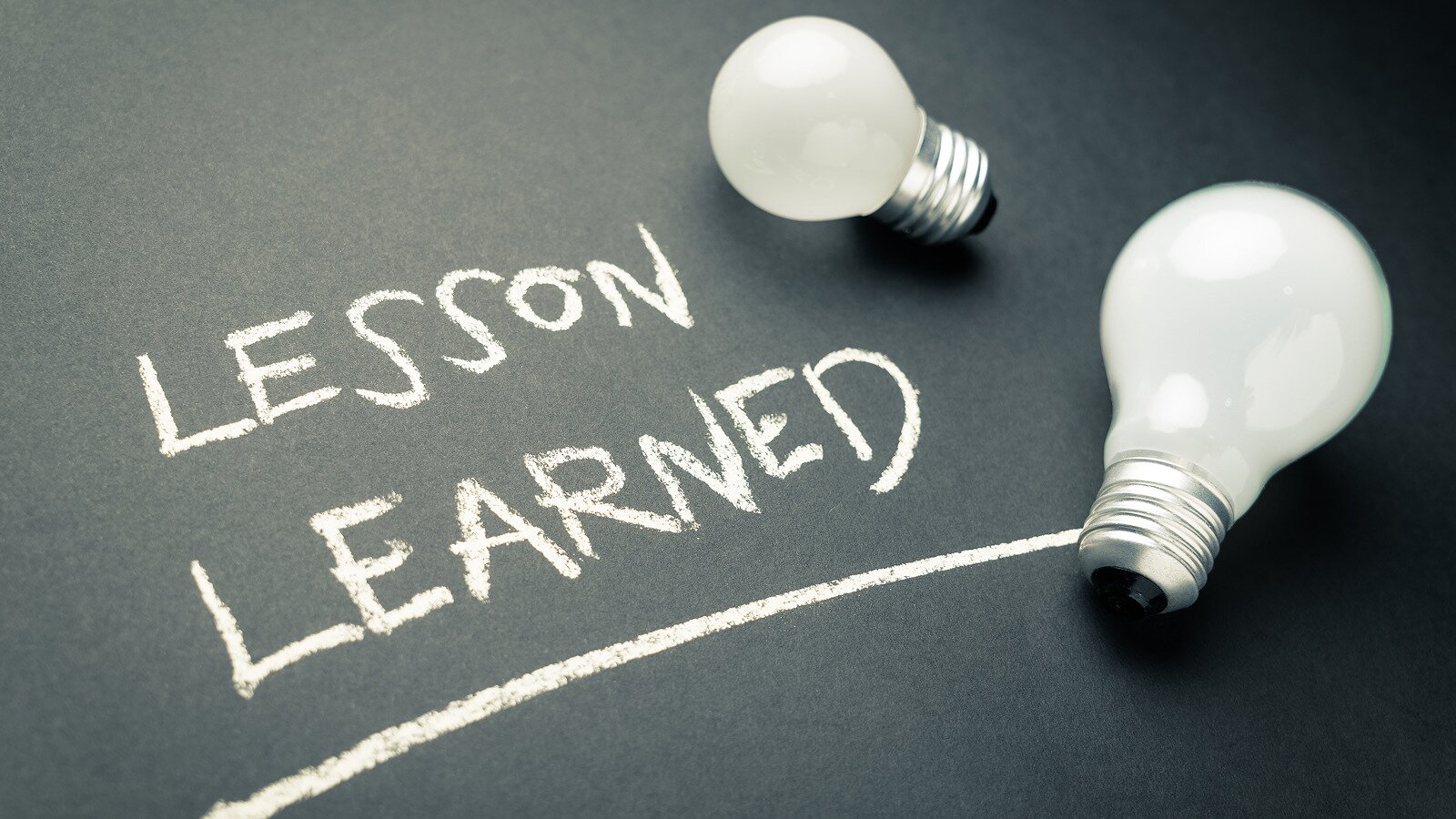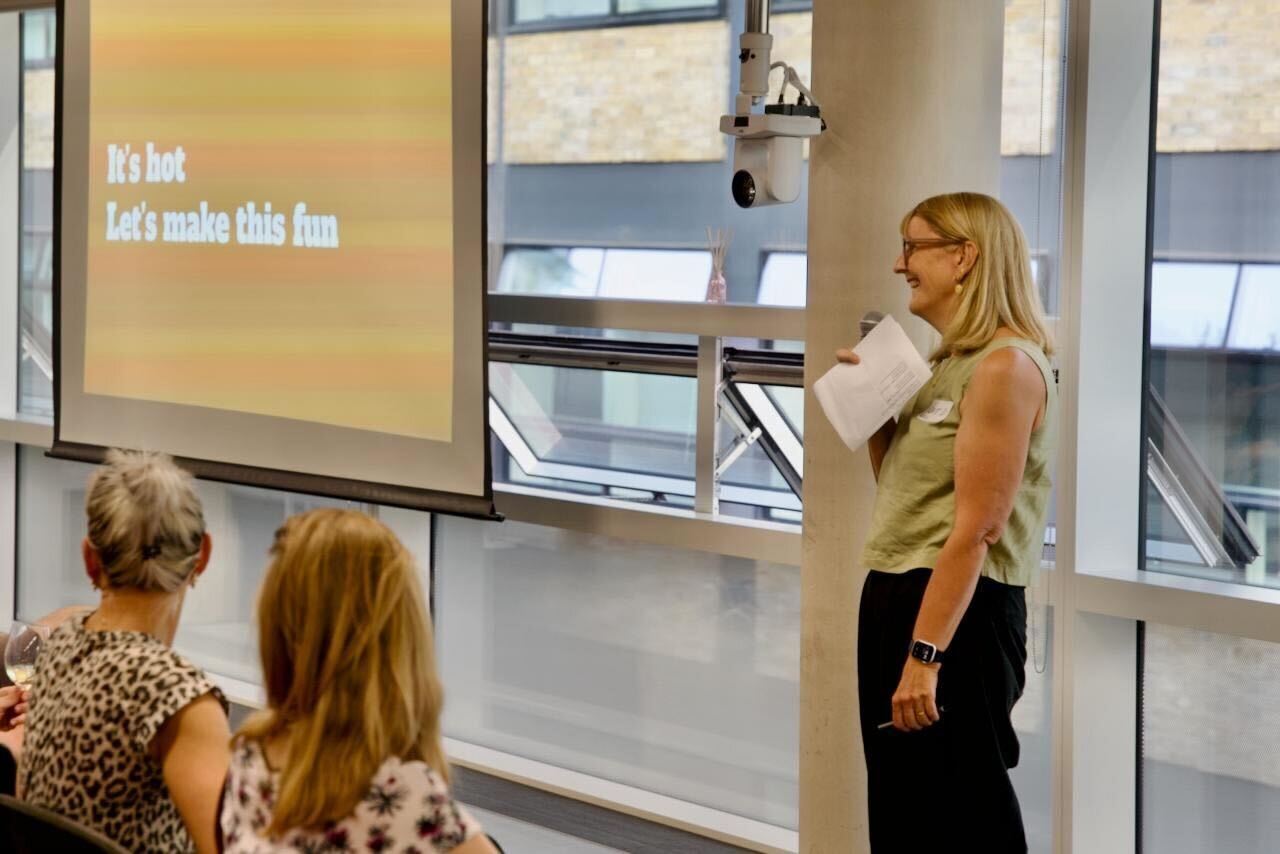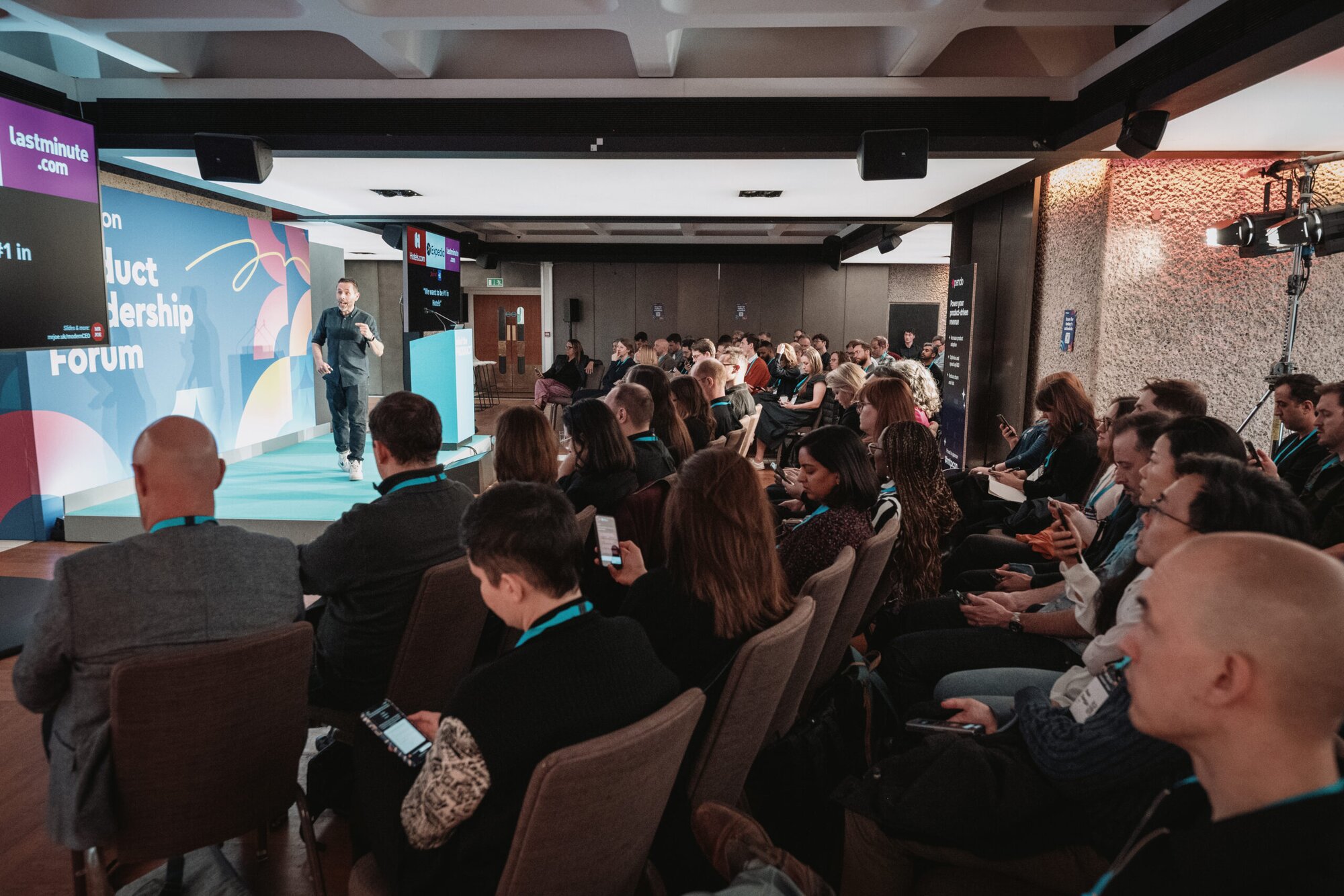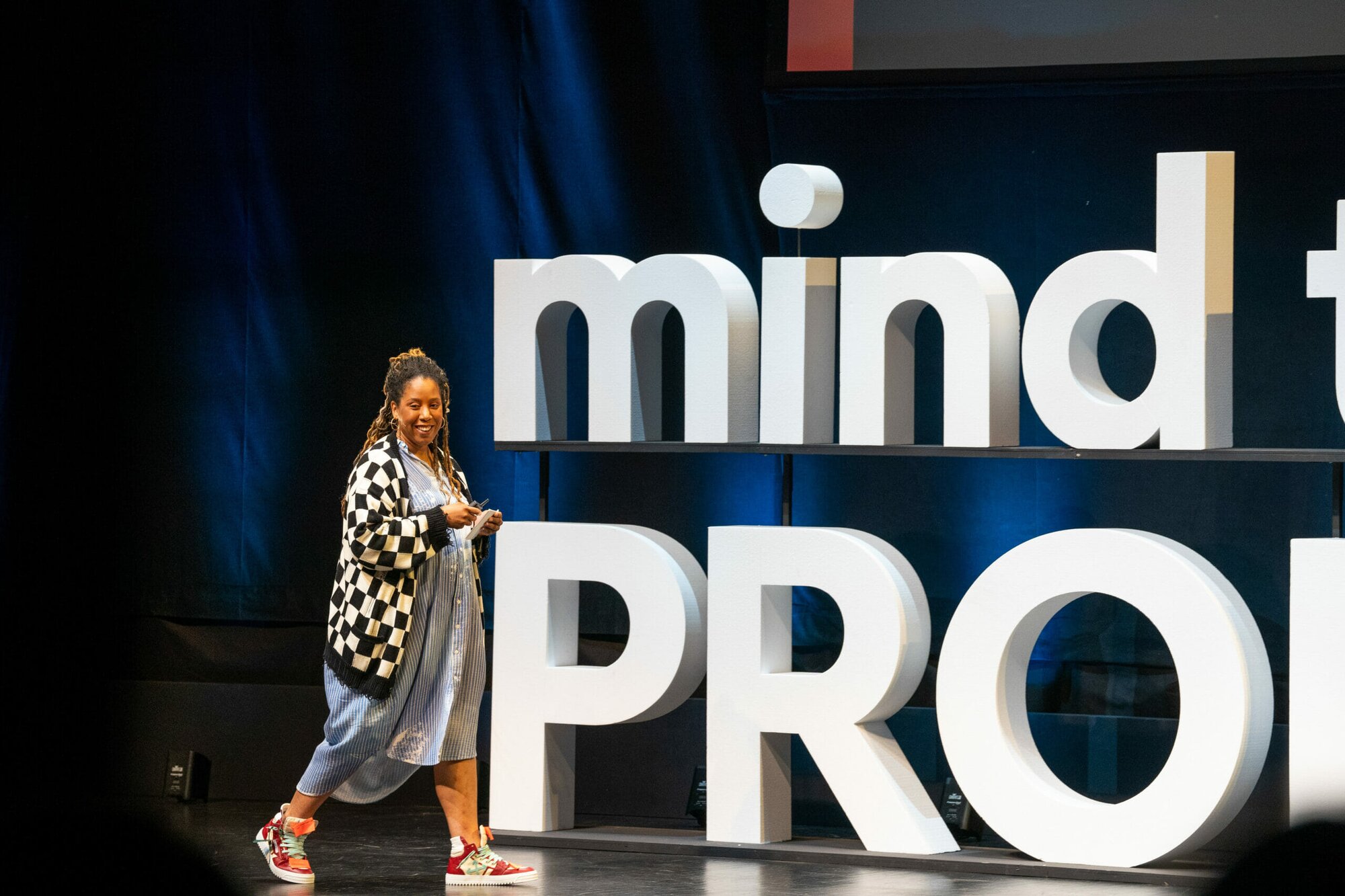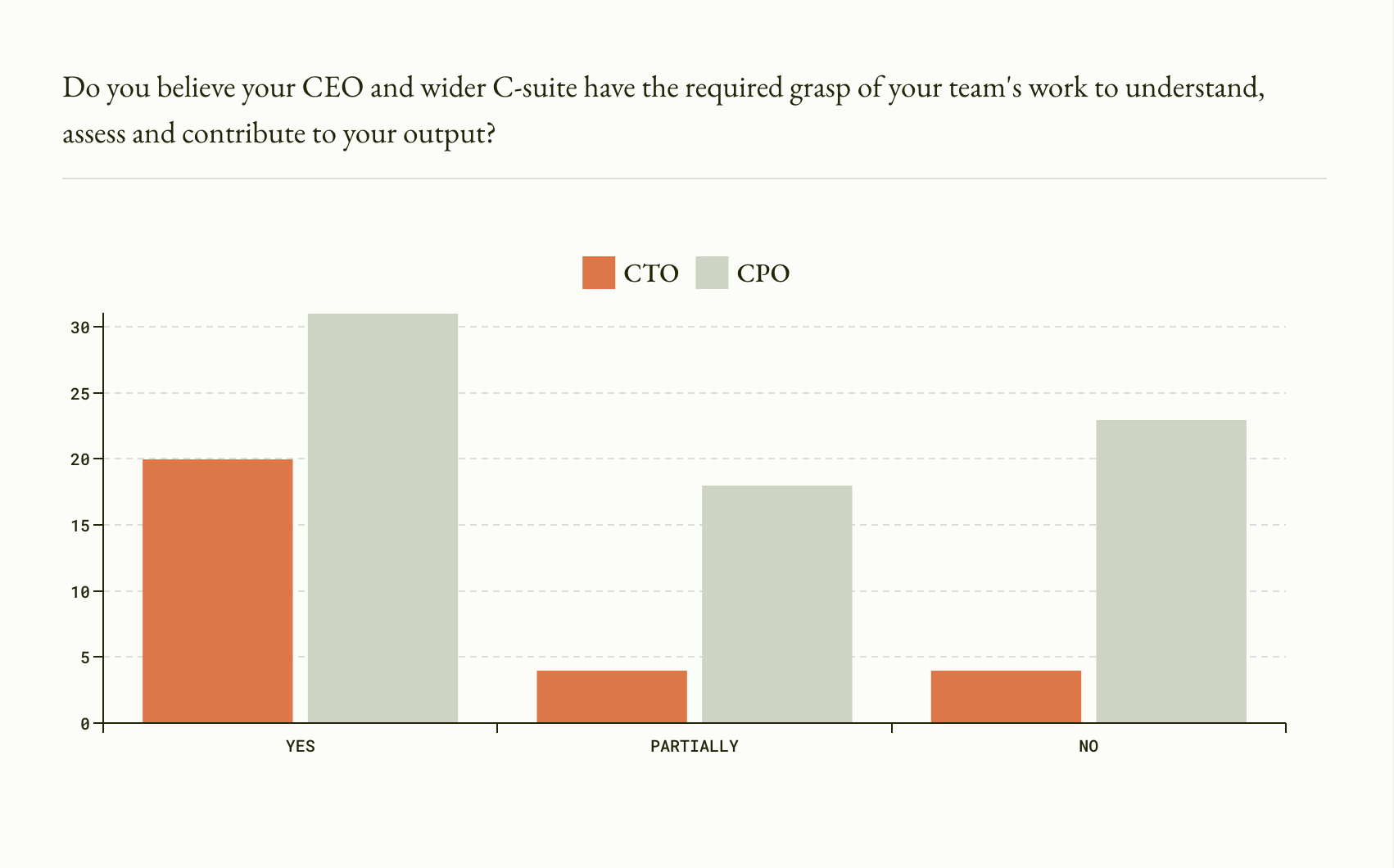In this keynote session at #mtpcon SF+Americas 2022, Jeff Birkeland, VP of Product at Headspace Health, explores how your path to becoming a great product leader through a journey of self-discovery and understanding of the unique skills and experiences you have gained outside the workplace.
Watch this video or read on for key highlights from the talk.
- Find your frosting, the things that are unique to you
- Find a mission that inspires you and tell its story
- Create a space for calm and learn from those around you
Things that help product leaders succeed
Jeff begins by sharing a long list of characteristics attributed to successful product leaders, such as ‘empathy’, a ‘metrics aptitude’ and ‘bias for action’. For product people, striving to become an "expert across all of these elements…it's a lot to worry about", Jeff says, dismissing a product culture that’s ‘24/7 grinding out of expertise’. "Product management-style doom-scrolling", as he calls it, leads to unproductive information overload in the name of self-improvement, where people constantly feel the pressure of "books to read, blog posts, articles, people to talk to, conferences to attend". While these can all be positive resources, Jeff says, alone they’re rarely what create the best product leaders or create ‘that something extra’.
Finding your frosting
Making an analogy between a cake and a product person, Jeff explains how, when pursuing the best cake, you might try to alter the core recipe – the fundamentals – but will be limited to how far you can improve. Instead, focusing on the frosting – in product, this is a person’s superpower – you can have a huge impact, especially when the frosting becomes ‘woven throughout, so it's essentially part of the cake’.
To ‘find your frosting’ you should lean into the skills or a piece of your background that's "unique to you". Looking to famed product leaders for reference, Jeff recalls how Steve Jobs explained in his 2005 Stanford commencement address the need to "find what you love", explaining how, after dropping out of college and taking a calligraphy class, he learnt a skill that contributed to the design-thinking and typography that went into the Macintosh computer.
In another example, he highlights Virgil Abloh’s speech to Harvard Design School in which he described his working patterns as a zig-zag, flipping between projects and career elements in a non-linear fashion. Abloh said the "space in-between gives you a new experience that you can apply and problem solve" with new creative ways.
The skills and experience outside of product work ‘become really core to who I am as that kind of thinker and leader’ Jeff says.
Personal experience of cake
Jeff shares 3 lessons from his unique past as a former documentary television producer, a role he describes as "a product management job", except that across each vector, it's basically sped up at 10’:
- Orienting your work around a mission that you care about. Jeff describes the responsibility of producing documentaries, where you may be following people’s lives for years at a time. "The portrayal of a person on a screen was in our hands," he says, explaining how it taught him "the value of the mission and its impact on people", a feeling he also found in product working with customers. At Facebook for example, when building software for creators and publishers, sitting with a single mother who’s operating as a creator, trying to make us understand how if we made X differently or better or easier, what that would do in terms of their ability to make money to do something that they were passionate about.
To orient your work, Jeff recommends looking for environments with mission-focused people, working on something that’s meaningful to you, and "allowing others to see it in you". Once you "find something that truly inspires you and it's mission-oriented" double down and invest in that mission.
- The value of story: In documentary TV, ‘the story is the product’ Jeff says, and the narrative changes over time, requiring constant reflection and care to manage its evolution. Similarly in product ‘what you're doing as part of your plan is a story. What you're going to do next is a story, what you have done, and articulating that for a team to understand the progress that's been made. It's all stories.
Jeff recommends always looking for ‘human terms’ when it comes to impact, telling the entire story and 'making the solution super obvious. This way, you can give a 'crystallised view of what the team was building and what you're getting in terms of impact and value if you are a customer. One way to do this, he says, would be writing a press release as a team before you start building, ‘doing that on 1 page with a group of people and boiling something down to its essence.
- Calm accomplishes more than you think. Jeff describes his former industry as one of high pressure and stress, examining a time when his team were escorted out of an interview with the Attorney General of the State of California after disagreeing on the seating positions. ‘What it did was teach me the value of being cool under fire, and being calmer than the situation that you're dealing with.
To be calm at the moment Jeff recommends pausing during times that are a little bit elevated and taking a ‘bird’s eye view of what’s happening. Other times it’s giving yourself the space to remember something you may have missed, clearing your time with focus blocks, or adopting the ‘Shultz Hour’ – based on the practice of the former secretary of state George Shultz who would sit with only a pen and paper for an hour a week with no distractions and reflect. ‘Find the flow where you can bring that bit of level of calm to your own teams, I found that to be successful.
Jeff closes by encouraging us to ‘be aware of strengths and aptitudes’ of those around, explaining that, with a diverse set of backgrounds there are always ‘specific skills and abilities each person can bring to any role and team, which provide an opportunity to learn and grow. Find your frosting, he says and ‘overlay that frosting onto that foundation of really great product work’.
There's more where that came from!
Explore more #mtpcon SF+Americas 2022 video content or use our Content A-Z to find even more product management insights.


